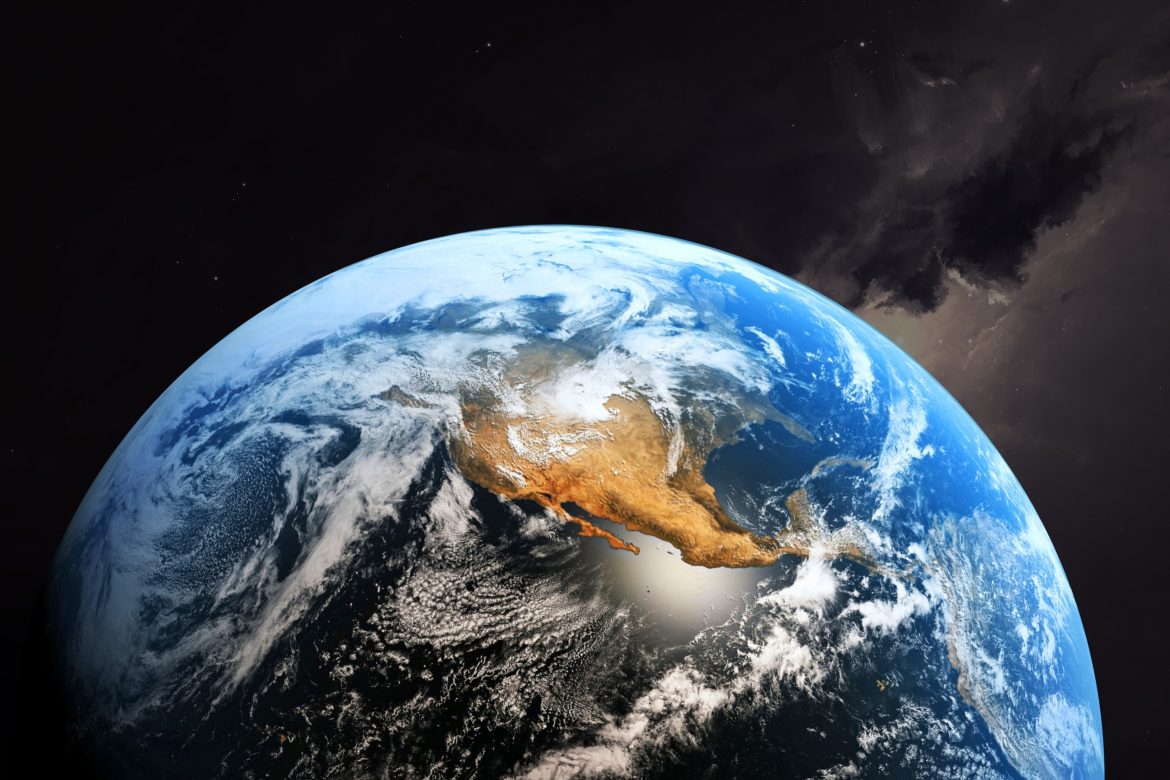Only ignorance, hubris and a nefarious agenda causes someone to believe otherwise…
Our Planet Is Not Fragile

Rep. Alexandria Ocasio-Cortez claims that “the world is going to end in 12 years if we don’t address climate change.” The people at the Intergovernmental Panel on Climate Change agree, saying that to avoid some of the most devastating impacts of climate change, the world must slash carbon emissions by 45 percent by 2030 and completely decarbonize by 2050.
Such dire warnings are not new. In 1970, Harvard University biology professor George Wald, a Nobel laureate, predicted, “Civilization will end within 15 or 30 years unless immediate action is taken against problems facing mankind.” Also in 1970, Paul Ehrlich, a Stanford University biologist, predicted in an article for The Progressive, “The death rate will increase until at least 100-200 million people per year will be starving to death during the next ten years.” The year before, he had warned, “If I were a gambler, I would take even money that England will not exist in the year 2000.” Despite such harebrained predictions, Ehrlich has won no fewer than 16 awards, including the 1990 Crafoord Prize, the Royal Swedish Academy of Sciences’ highest award.
Leftists constantly preach such nonsense as “The world that we live in is beautiful but fragile.” “The 3rd rock from the sun is a fragile oasis.” “Remember that Earth needs to be saved every single day.” These and many other statements, along with apocalyptic predictions, are stock in trade for environmentalists. Worse yet, this fragile-earth indoctrination is fed to the nation’s youth from kindergarten through college. That’s why many millennials support Rep. Ocasio-Cortez.
Let’s examine just a few cataclysmic events that exceed any destructive power of mankind and then ask how our purportedly fragile planet could survive. The 1883 eruption of the Krakatoa volcano, in present-day Indonesia, had the force of 200 megatons of TNT. That’s the equivalent of 13,300 15-kiloton atomic bombs, the kind that destroyed Hiroshima in World War II. Before that was the 1815 Tambora eruption, the largest known volcanic eruption. It spewed so much debris into the atmosphere that 1816 became known as the “Year Without a Summer.” It led to crop failures and livestock death in the Northern Hemisphere, producing the worst famine of the 19th century. The A.D. 535 Krakatoa eruption had such force that it blotted out much of the light and heat of the sun for 18 months and is said to have led to the Dark Ages. Geophysicists estimate that just three volcanic eruptions — Indonesia (1883), Alaska (1912) and Iceland (1947) — spewed more carbon dioxide and sulfur dioxide into the atmosphere than all of mankind’s activities during our entire history.

